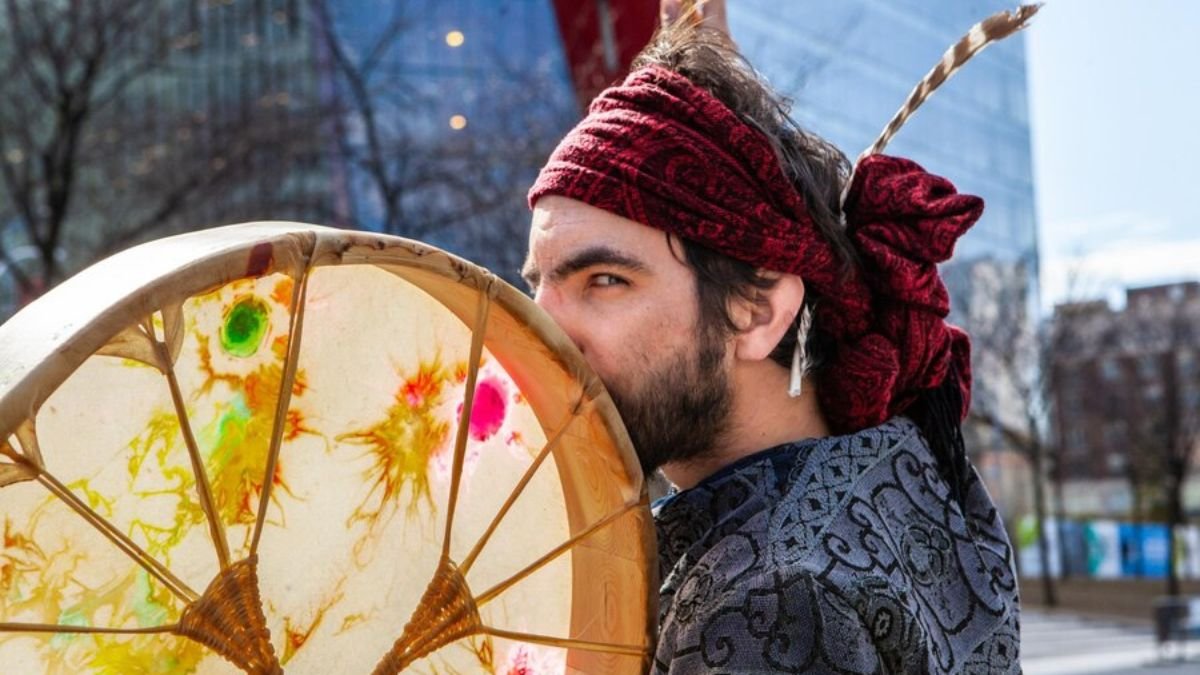A wink is one of the most intriguing and versatile forms of nonverbal communication. It can convey a multitude of meanings, from flirtation and humor to secrecy and camaraderie, all with the simple closing of one eye. Despite its simplicity, the wink carries a depth of cultural, social, and psychological significance. This article explores the history, meanings, and impact of the wink, as well as its role in modern communication.
—
### The History of the Wink
The wink has been a part of human communication for centuries, with its origins rooted in ancient cultures. In Roman times, a wink was often used as a gesture of conspiracy or shared understanding. The Latin phrase *”oculo connivente”* (to close the eyes) was used to describe the act of winking, often in the context of turning a blind eye to something.
In medieval Europe, the wink took on a more playful and mischievous tone. It was associated with jesters and tricksters, who used it to signal jokes or hidden meanings. Over time, the wink evolved into a universal gesture, transcending language barriers and cultural differences.
The Psychology of the Wink
From a psychological perspective, the wink is a fascinating form of nonverbal communication. It is a deliberate and intentional gesture, often used to convey a message that words cannot express. Here are some key psychological aspects of the wink:
1. **Subtlety and Ambiguity**:
The wink thrives on its subtlety. Unlike a smile or a frown, which are more explicit, a wink can be open to interpretation. This ambiguity allows it to convey complex emotions and intentions without the need for words.
2. **Social Bonding**:
A wink can create a sense of connection between individuals. It often signals shared knowledge or a private joke, fostering a sense of camaraderie and trust.
3. **Playfulness and Humor**:
The wink is frequently associated with humor and lightheartedness. It can soften the tone of a statement, turning a serious remark into a playful one.
4. **Flirtation and Attraction**:
In romantic contexts, the is a powerful tool for signaling interest and attraction. It can be a subtle way to express affection without being overt or intrusive.
Cultural Interpretations of the Wink
The meaning of a wink can vary significantly across cultures. While it is generally seen as a positive gesture in Western societies, its interpretation can differ in other parts of the world:
1. **Western Cultures**:
In countries like the United States and the United Kingdom, a wink is often associated with humor, flirtation, or shared understanding. It is commonly used in social interactions to convey a sense of playfulness or secrecy.
2. **Asian Cultures**:
In some Asian cultures, winking can be perceived as inappropriate or disrespectful. For example, in Japan, winking is rarely used in everyday communication and may be seen as odd or confusing.
3. **Middle Eastern Cultures**:
In certain Middle Eastern cultures, winking can be interpreted as a sign of dishonesty or deceit. It may be viewed with suspicion, especially in formal or professional settings.
4. **Latin American Cultures**:
In Latin America, the is often used to convey flirtation or humor. It is a common gesture in social interactions, particularly among friends and acquaintances.
The Wink in Modern Communication
1. **Text Messaging**:
The wink emoji is often used to add a playful or flirtatious tone to a message. It can soften the impact of a statement or indicate that the sender is joking.
2. **Social Media**:
On platforms like Twitter, Instagram, and Facebook, the emoji is frequently used in captions, comments, and direct messages. It can convey humor, sarcasm, or a sense of shared understanding.
3. **Marketing and Advertising**:
Brands often use the emoji in their campaigns to create a sense of playfulness and relatability. It can make advertisements feel more personal and engaging.
The Art of Winking
While winking may seem like a simple gesture, it requires a certain level of skill and timing to be effective. Here are some tips for mastering the art of winking:
1. **Practice Makes Perfect**:
If you’re not used to winking, it can feel awkward at first. Practice in front of a mirror to get comfortable with the motion.
2. **Use It Sparingly**:
A wink loses its impact if overused. Reserve it for moments when you want to convey a specific message or emotion.
3. **Pay Attention to Context**:
The meaning of a can vary depending on the situation. Make sure your wink is appropriate for the context and the person you’re communicating with.
4. **Pair It with a Smile**:
A wink accompanied by a smile can enhance its positive impact, making it feel more friendly and approachable.
The Dark Side of the Wink
While the is generally seen as a positive gesture, it can also be used in negative or manipulative ways. For example:
1. **Deception**:
A wink can be used to signal dishonesty or deceit, as in the phrase “wink-wink, nudge-nudge,” which implies hidden meanings or ulterior motives.
2. **Harassment**:
In some cases, a can be perceived as inappropriate or harassing, especially in professional settings. It’s important to be mindful of how your gestures may be interpreted by others.
Conclusion: The Power of a
The wink is a small but powerful gesture that has stood the test of time. It transcends language and culture, offering a unique way to communicate emotions and intentions without words. Whether used to convey humor, flirtation, or shared understanding, the remains a timeless tool in the art of nonverbal communication.
As we navigate an increasingly digital world, the continues to evolve, finding new expressions in emojis and text-based communication. Yet, its essence remains the same: a subtle, playful, and deeply human way to connect with others. So the next time you —or receive one—take a moment to appreciate the rich history and meaning behind this simple yet profound gesture










